Please help me with Ancestral Portrait ID
canajo
14 years ago
Related Stories
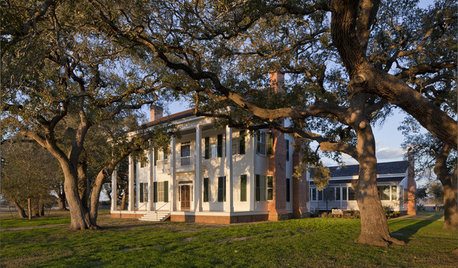
HOUZZ TOURSHouzz Tour: An 1850s Ancestral Home in Texas Rises Again
See how exacting research and meticulous renovations gave a retired couple their dream home on a regained family plantation
Full Story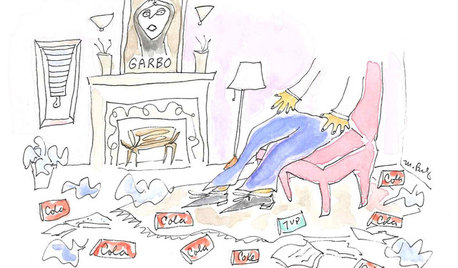
LIFEPortrait of a Terrible Housekeeper
Even in hair-raising tales and harebrained organizing schemes, there's something we can learn
Full Story
HOME OFFICESQuiet, Please! How to Cut Noise Pollution at Home
Leaf blowers, trucks or noisy neighbors driving you berserk? These sound-reduction strategies can help you hush things up
Full Story
GARDENING GUIDESGreat Design Plant: Silphium Perfoliatum Pleases Wildlife
Cup plant provides structure, cover, food and water to help attract and sustain wildlife in the eastern North American garden
Full Story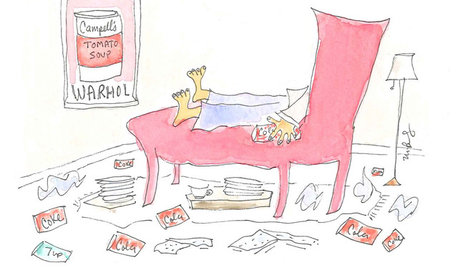
HOUSEKEEPINGPortrait of a Reformed Terrible Housekeeper
See how a man who once stashed dirty dishes under the couch is turning over a new leaf for a neater home
Full Story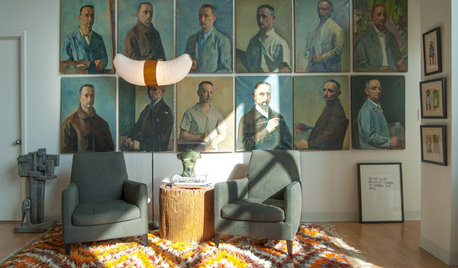
DECORATING GUIDESFace Time: Creative Ideas for Decorating With Portraits
Put your rooms head and shoulders above the rest with portraits styled in unexpected ways
Full Story
ANTIQUESFlea Market Find: Vintage Portraits
Pick up some of these original selfies and other portraits on your next weekend scavenger hunt
Full Story
SELLING YOUR HOUSEHelp for Selling Your Home Faster — and Maybe for More
Prep your home properly before you put it on the market. Learn what tasks are worth the money and the best pros for the jobs
Full Story






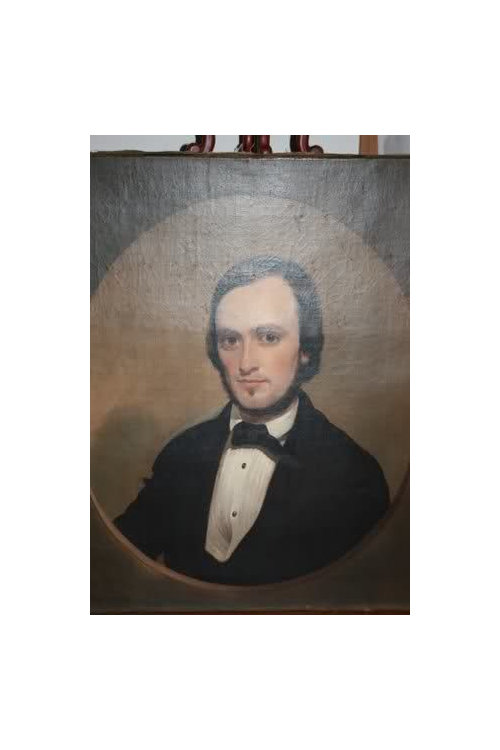
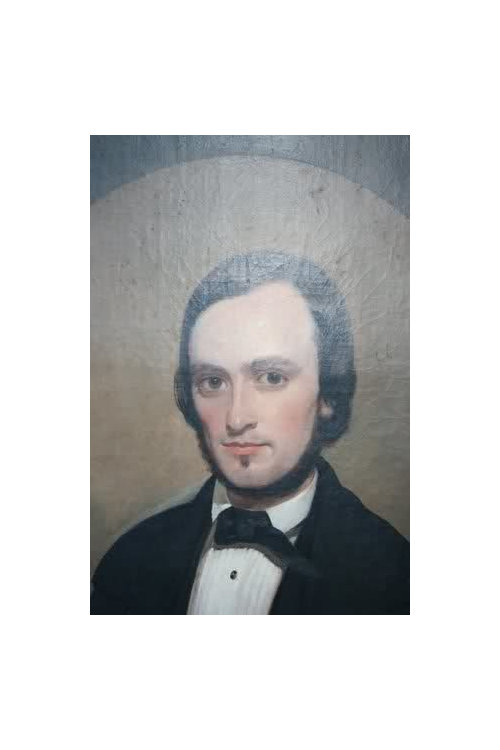

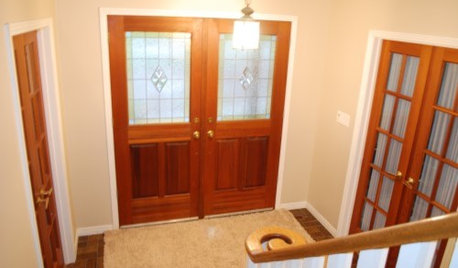
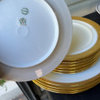



jemdandy
canajoOriginal Author
Related Professionals
Mesa Furniture & Accessories · North Hollywood Furniture & Accessories · Sugar Hill Furniture & Accessories · Riverton Furniture & Accessories · Birmingham Painters · Lawrenceburg Painters · Montebello Painters · Rockville Painters · Wailuku Painters · Greenville Furniture & Accessories · Union City Furniture & Accessories · Wilmington Furniture & Accessories · Bridgeport Professional Organizers · Moreno Valley Professional Organizers · Trinity Professional Organizersmoonshadow
canajoOriginal Author
colleenoz
paul4x4
moonshadow
canajoOriginal Author
jemdandy
calliope
canajoOriginal Author
pris
canajoOriginal Author
colleenoz
pris
jemdandy
pris
canajoOriginal Author
jemdandy
jemdandy